Movies by Germaine Dulac

Malencontre
An orphan falls for the son of her benefactor, and decides to poison her rival for his affections.
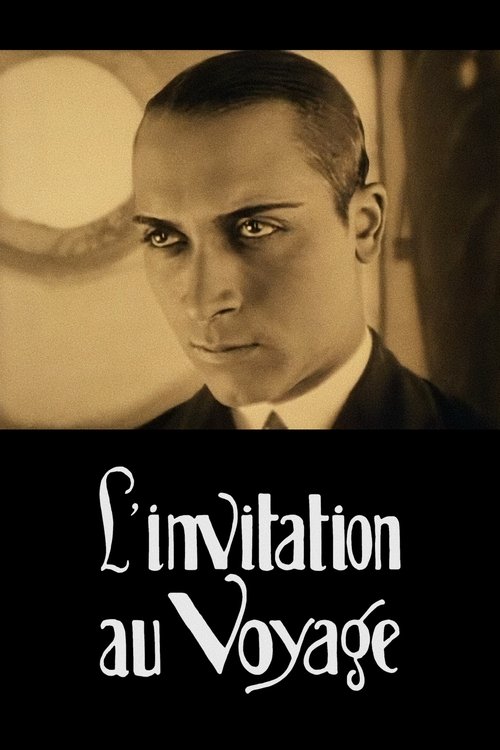
Invitation to a Journey
A woman enters a nightclub and slowly begins to open herself up.
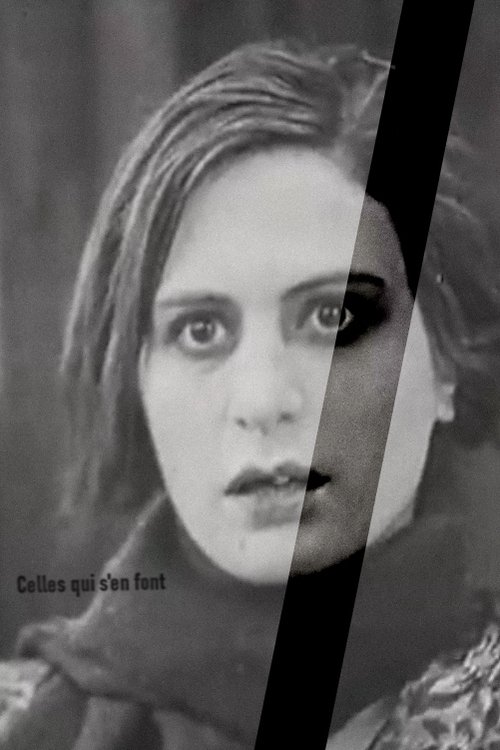
Those Who Worry
A destitute, drunk woman appears to yearn for the life of a streetwalker.
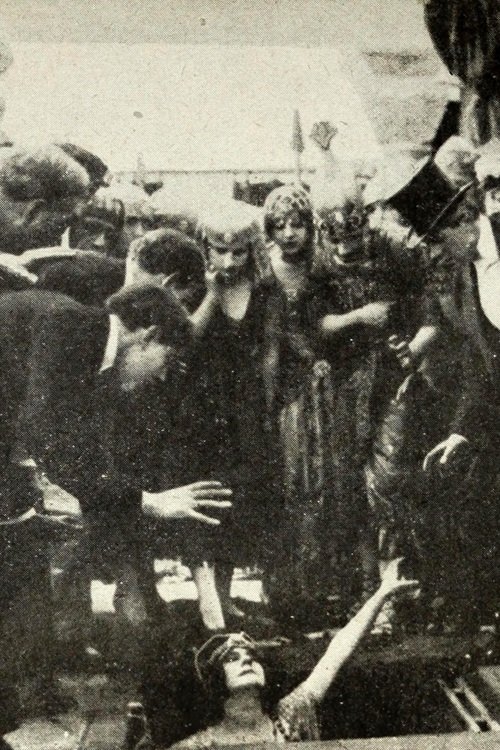
Venus Victrix
A wealthy theatre owner decides to leave his wife for a dancer.
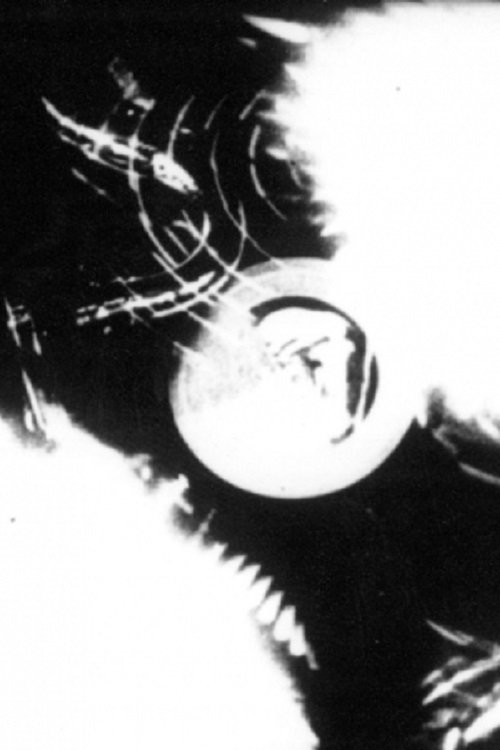
Disque 957
Dulac’s three 1929 “abstract” films, Disque 957, Αrabesques, and Themes and Variations, were the results of a long period of reflection by the filmmaker, who sought to create a “pure” or “integral” cinema that would capture the essence of the new medium and owe nothing to the other arts. Each of these three studies was designed to be played silent. The first one, Disque 957, is conceived of as a “visual impression […] in listening to Frédéric Chopin’s Preludes n. 5 and 6”. Its title and its opening shot of lightplay on a spinning record not ...
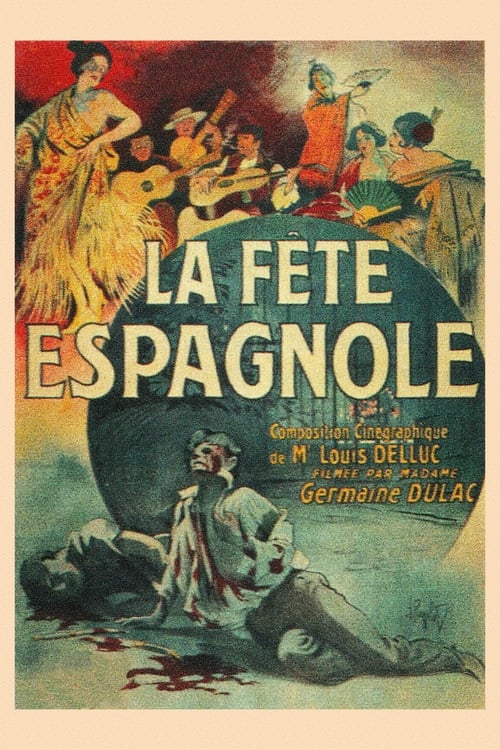
Spanish Fiesta
A Spanish festival reveals the emotional distance between a woman and a man.
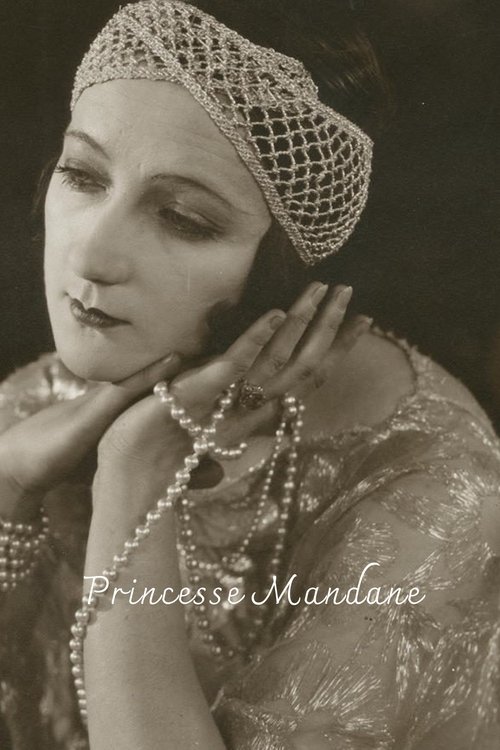
Princesse Mandane
Brazen embrace of fashionable costume and glamour creates a witty celebration of Orientalism and cinema itself.
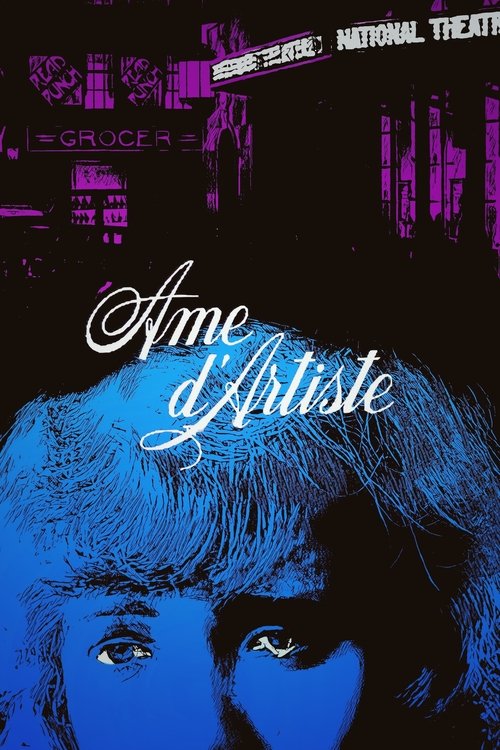
Heart of an Actress
Desire brings out the worst in an actress' suitors-- One a well-to-do patron of London's theatre set, the other a lovestruck loner on the verge of penning a play dedicated to her.

The Cigarette
A Parisian museum director believes his wife is cheating on him and so places a poisoned cigarette in the box on his desk, thus allowing chance to decide the moment of his death.
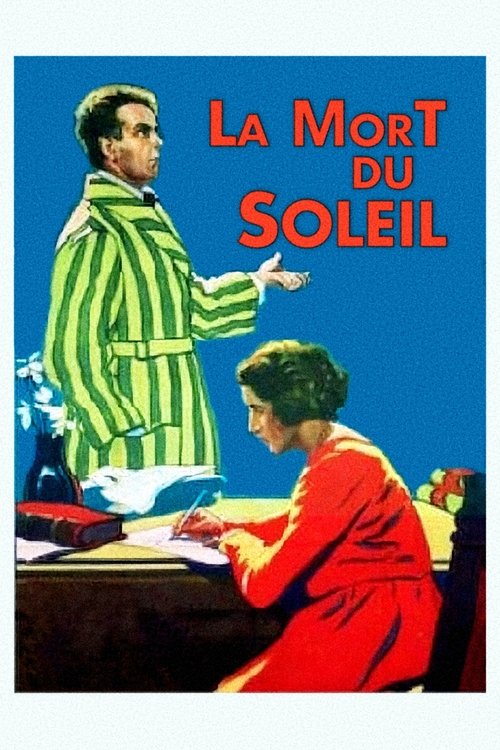
The Death of the Sun
A young doctor is asked by her husband to choose between her profession and her family.
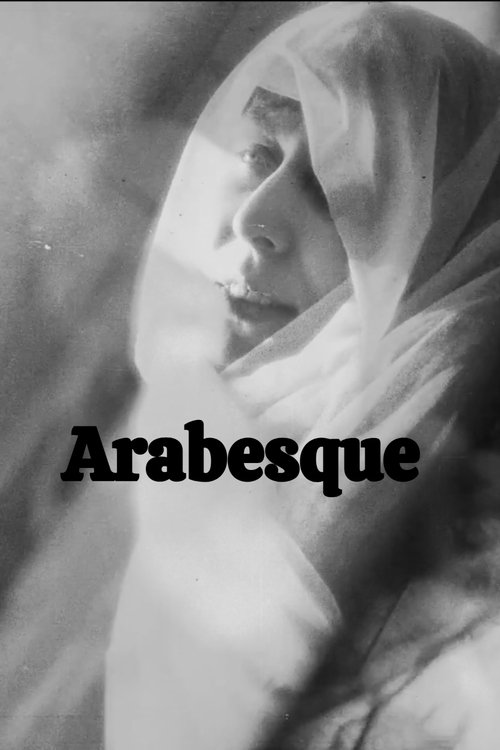
Étude cinégraphique sur une arabesque
The film’s visual structure is principally composed of variations on the arabesque: arcs of light, water spouts, spider webs, burgeoning trees, flowers and foliage, a woman’s smile, arms stretching, an arm giving rhythm to a rocking chair. It uses natural elements (light, mirrors, water, and wind) and photographic techniques (multiple exposures and lenses) to distort the various elements, or to intensify their design.
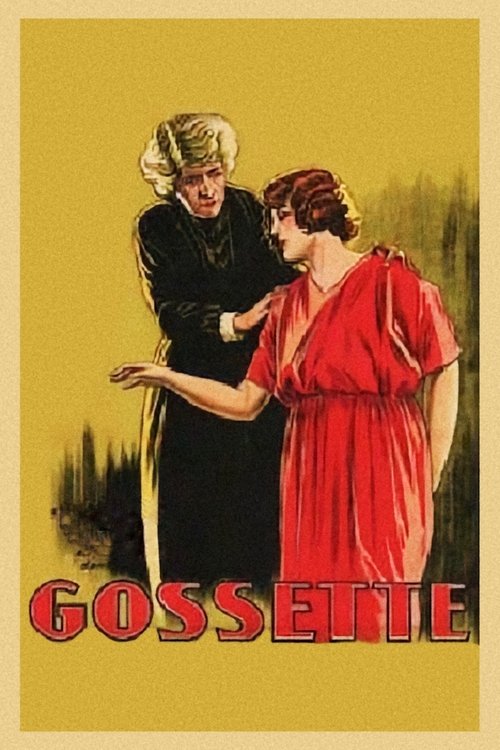
Gossette
In Gossette (1923), Dulac experimented with and designed a number of special lenses and prisms to produce a variety of effects and multiply the expressive means which translate the characters' visions and mental states. She also reversed class and gender roles, as she made the female character Gossette come to the aid of Phillipe de Savières, falsely accused of murder, in order to save his name.
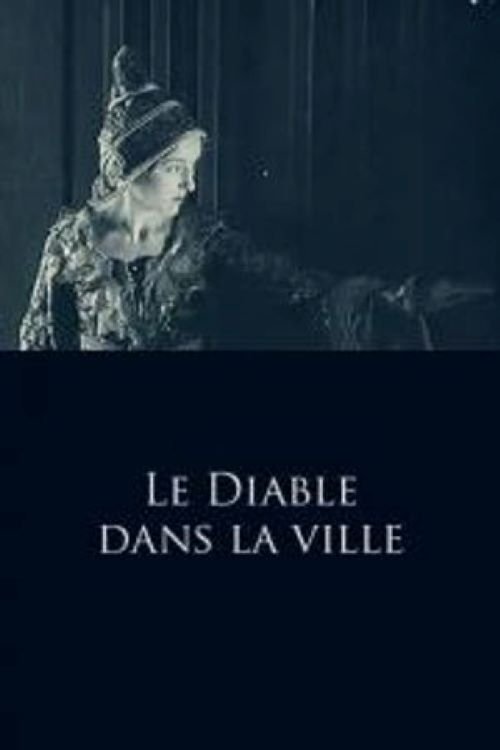
The Devil in the City
The story is about a superstitious village, where the mayor has sold a tower to an unknown, who is soon suspected of being the devil.
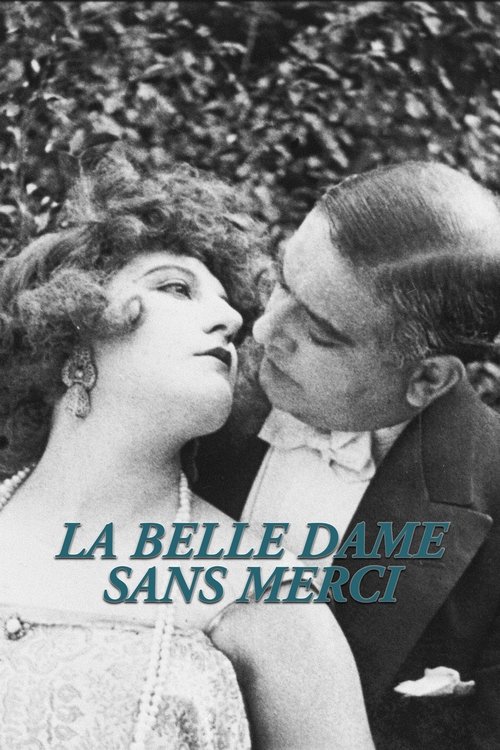
The Beautiful Woman Without Mercy
"Taking its title from John Keats’s early 19th-century poem, this highly personal melodrama finds Dulac interrogating the archetype of the femme fatale. La belle dame sans merci follows a famous actress who was once seduced and abandoned by a rich man and subsequently resolved to become a “merciless woman,” forever scheming to hurt others (men in particular) in a ruthless yet captivating manner. Dulac challenges the Romantic archetype embodied in Keats’s poem by way of symbolist mise en scène, self-reflexive narration, and her typically asso...